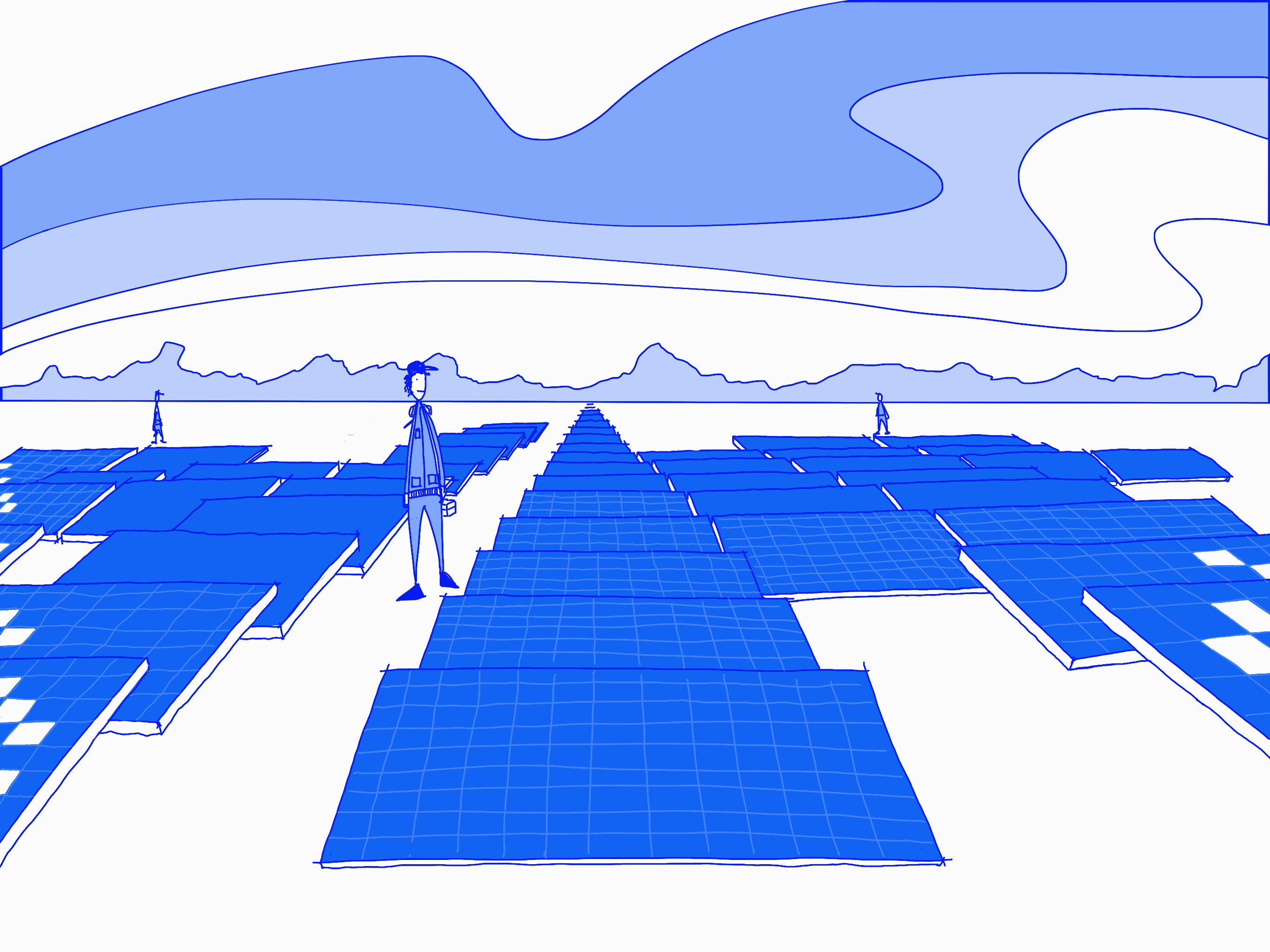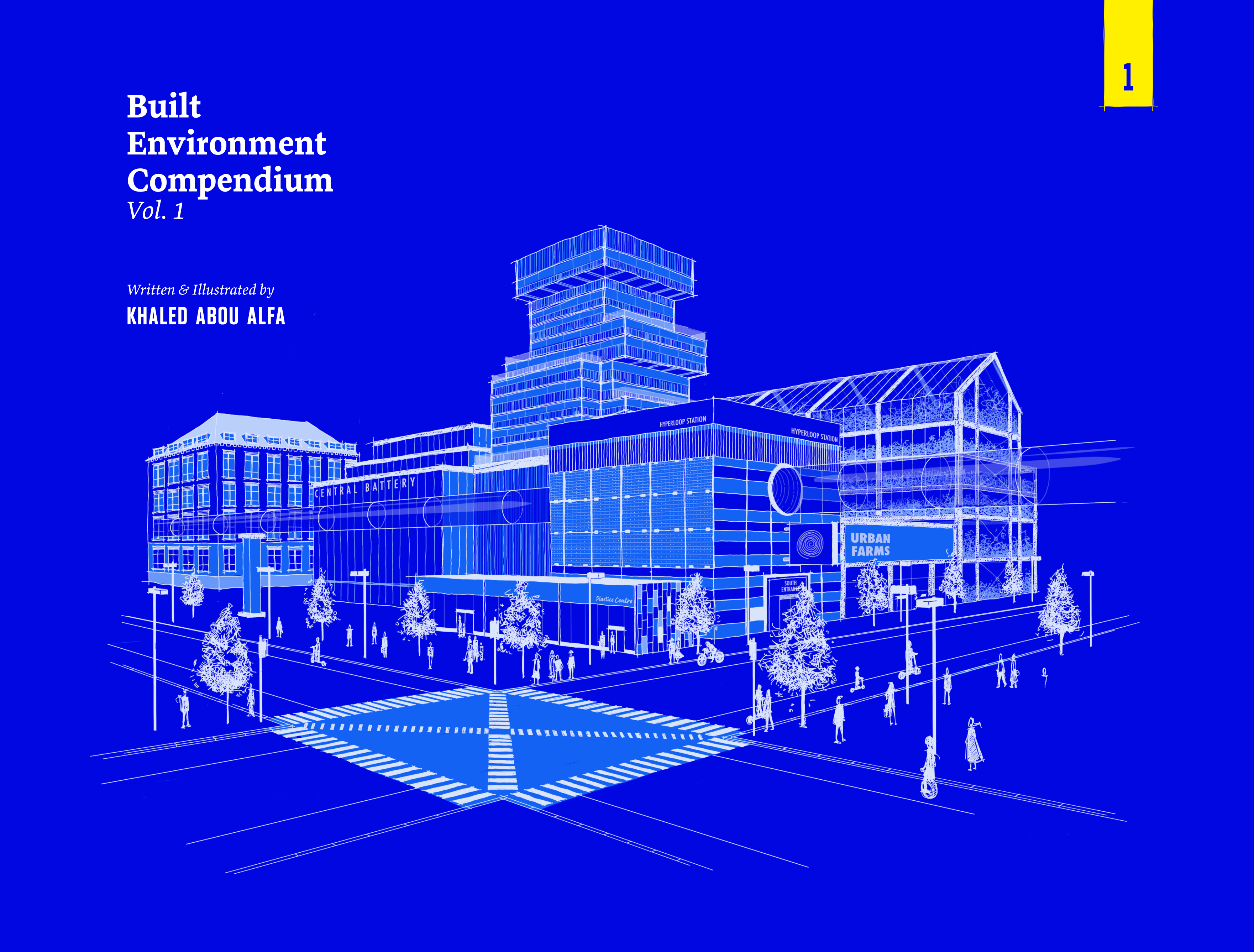
Photovoltaics
By Khaled Abou Alfa • 01 March 2019
In 1921, Albert Einstein won his one and only Nobel prize. It was for a paper, written in 1905, about the photoelectric effect. A subject that lays the foundation behind photovoltaic (PV) technology. It would take Bell Laboratories a further 50 years to develop the theory into the first semiconductor photovoltaic solar cell.
Standing in front of the PV installation atop an educational facility in south east London, I wondered to myself whether we were in fact 10 years too early. The city planners requested that 10% of all the energy used at the school come from renewable energy sources. Considering the scale of the school, this wasn’t achievable. After much review (and calculation), the planners accepted a meagre 1% from an array of PV panels. The majority of the panels, installed at an angle on the roof of the school, achieved their maximum output. The planners requested vertical panels on the building’s most public facing facade. This was an attempt designed to engage with the community. A decision that came at the (expensive) cost of the total energy generated. To add insult to injury, the lifecycle calculation showed that the installation could never pay itself back before the manufacturer warranty expired. Accepted as the price paid for being an early adopter. This was in 2007. In hindsight, the installation came only a few years too early with regards to cost. The technology however was optimistically over 30 years too early.
The rest of this chapter can be found in the Built Environment Compendium Vol.01. Buy the book.
